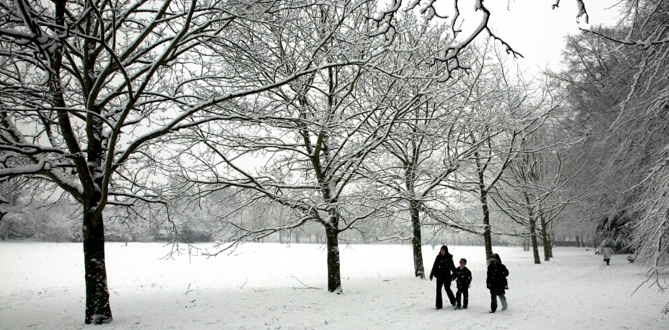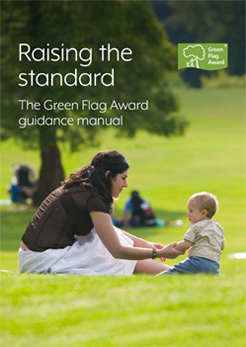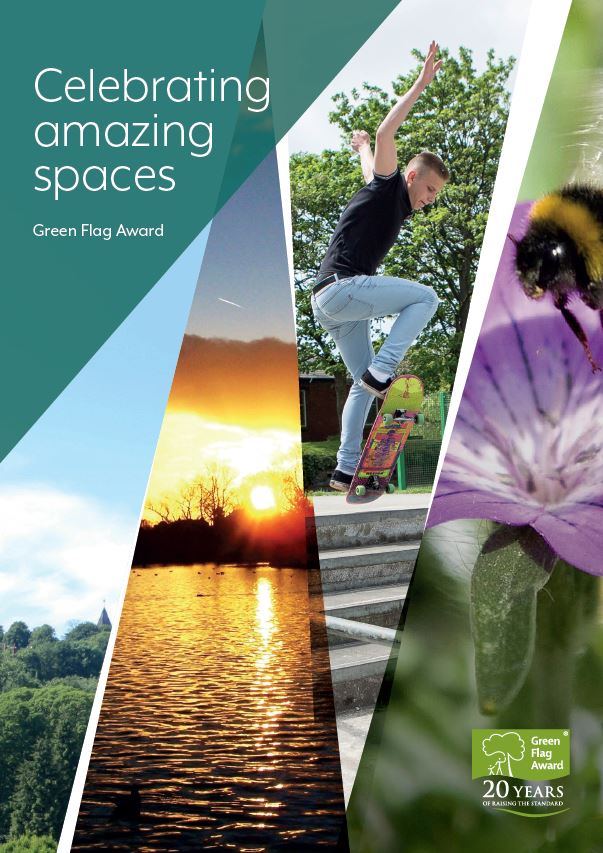07 November 2017

The 2017 Greenspace Use and Attitude survey published by greenspace scotland shows the downward trend in the deteriorating quality of Scotland’s parks and greenspaces has continued.
Whilst the survey confirms that Scots still love their parks, with over 90% of urban Scots saying it is important to have greenspace in their local area, the quality of Scotland’s parks and greenspaces has continued to decline, and this means that fewer people are using their local greenspaces regularly.
40% of people agreed or agreed strongly that the quality of their local greenspace has reduced in the last 5 years (up from 33% in 2011) and this figure rises to 50% for people living in the more deprived areas (up from 35% in 2011).
From a peak, in 2009, when nearly two-thirds (63%) of urban Scots used their local greenspace once a week or more often; frequency of use and quality ratings have fallen steadily, with less than half (43%) of Scots visiting their local greenspace weekly in 2017. This is the lowest figure since the survey first started in 2004.
Julie Procter, Chief Executive of greenspace scotland said: “Parks are our natural health service and the findings from this survey have important implications for our health and wellbeing. We know greenspace is good for us – a daily dose of vitamin G could be just what the doctor ordered to keep us active and provide tonic for the soul, but falling ratings of quality mean that fewer Scots are using their greenspaces regularly. This has important implications for aspirations for an Active Scotland and tackling the obesity timebomb.”
What you find when you visit your local greenspace has a big impact on whether you visit regularly and are happy for your children to play in the local park. The survey also found that local greenspaces continue to fall short of people’s expectations for them to be good places for children to play, safe spaces for physical activity, and somewhere to relax and unwind – with a ‘gap’ of around 30 percentage points between expectations and local realities.
Despite the decrease in frequency of weekly use, greenspaces are still an important free recreational resource for people of all ages and backgrounds; with only 4% of people saying they never visit local greenspaces. Encouragingly, the survey found significant increases in people wanting to have more of a say in how their greenspace is managed and to get involved in activities to improve their local greenspace; with respondents in the younger age groups and from the most deprived areas were more likely to strongly agree.
You can read the full report here and when you visit a Green Flag-Awarded park in Scotland, you know you are visiting one of the best in the world.




